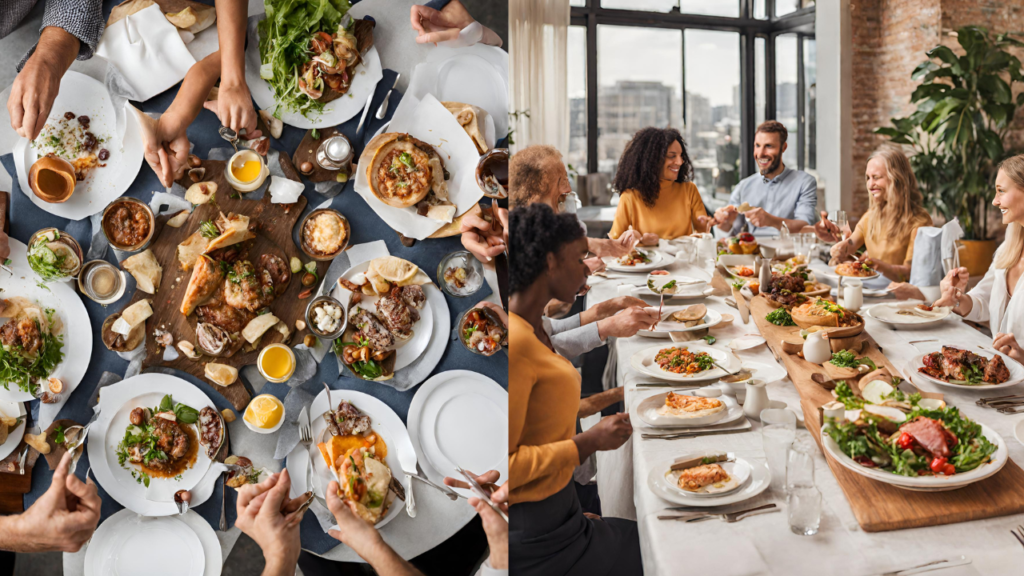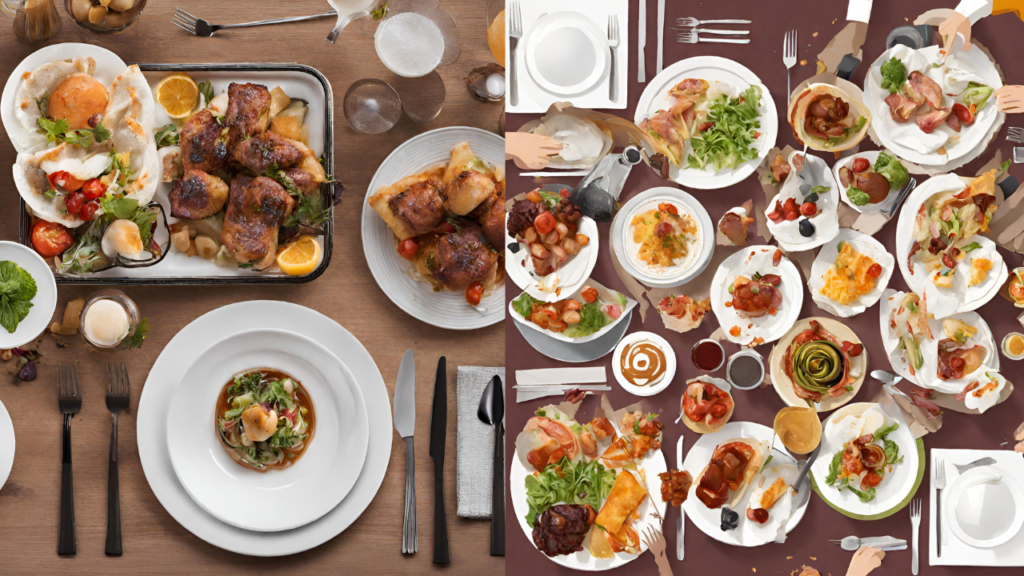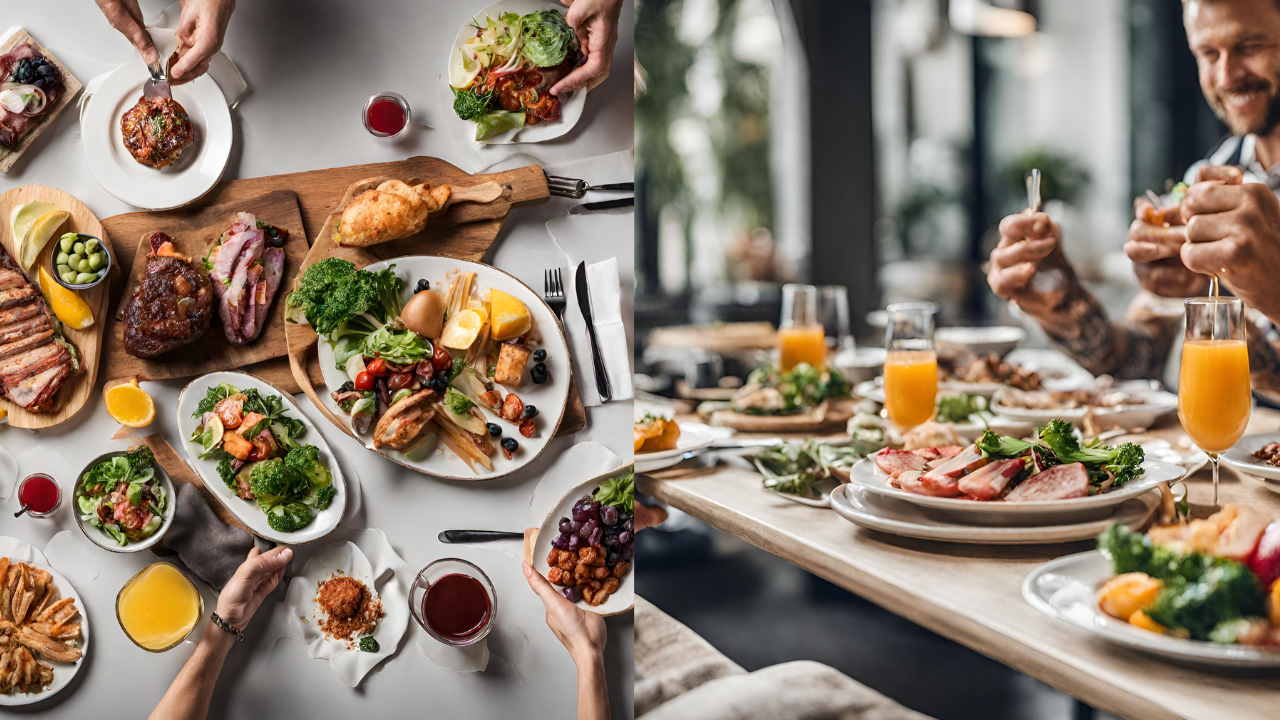SEO Meta Description
Discover expert tips for safe and delicious dining in 2024. Learn how to navigate culinary experiences in the future while ensuring your health and satisfaction.
Introduction
In 2024, as the culinary landscape evolves, ensuring both safety and deliciousness becomes paramount. From advanced food preparation techniques to cutting-edge hygiene standards, this guide offers comprehensive insights to enhance your dining experiences. Explore innovative strategies, expert recommendations, and practical advice to savor every bite safely and deliciously.
Table of Contents
1. Navigating Futuristic Menus
Understanding Menu Innovations
In 2024, menus undergo a digital transformation, integrating augmented reality (AR) and virtual reality (VR) technologies. Learn how to navigate these immersive menus seamlessly.
Embracing Sustainable Dining
Discover eco-friendly menu options and sustainable dining practices, including farm-to-table initiatives and zero-waste kitchens.
Exploring Global Flavors
Embark on a culinary journey with fusion cuisines and exotic flavors from around the world, leveraging advanced transportation networks for fresh ingredients.

2. Prioritizing Food Safety Protocols
Implementing Advanced Hygiene Standards
Explore how restaurants utilize AI-driven sanitation systems and nanotechnology to maintain impeccable hygiene standards.
Ensuring Ingredient Traceability
Learn about blockchain technology and its role in ensuring the traceability of ingredients from farm to fork, enhancing food safety transparency.
Addressing Allergen Management
Discover how restaurants employ genetic testing and personalized allergen management protocols to accommodate dietary restrictions effectively.
3. Enhancing Dining Experiences with Technology
Reservations and Waitlist Optimization
Explore AI-powered reservation systems and virtual waitlist management solutions, minimizing wait times and optimizing dining experiences.
Personalized Culinary Experiences
Discover how machine learning algorithms personalize dining recommendations based on individual preferences and dietary requirements.
Interactive Dining Experiences
Immerse yourself in interactive dining experiences, including holographic chefs and interactive tabletop displays, revolutionizing the way we dine.
4. Cultivating Community and Connection
Supporting Local Food Communities
Explore the resurgence of community-supported agriculture (CSA) programs and farmers’ markets, fostering connections between diners and local producers.
Engaging in Culinary Education
Participate in cooking classes and workshops offered by restaurants, empowering diners to learn new culinary skills and techniques.
Promoting Social Responsibility
Discover restaurants’ initiatives to give back to the community, such as food donation programs and partnerships with charitable organizations.

5. Leveraging Feedback Loops for Continuous Improvement
Real-Time Feedback Mechanisms
Explore how restaurants utilize real-time feedback mechanisms, such as AI-powered surveys and sentiment analysis, to enhance customer experiences.
Iterative Menu Development
Learn about restaurants’ agile approach to menu development, incorporating customer feedback and culinary trends to continuously innovate.
Cultivating Customer Loyalty
Discover loyalty programs and rewards systems that incentivize repeat patronage while fostering meaningful relationships between diners and establishments.
FAQs (Frequently Asked Questions)
1. Are futuristic menus accessible for individuals with disabilities?
Yes, restaurants prioritize accessibility by offering menu options compatible with assistive technologies and providing alternative formats upon request.
2. How do restaurants ensure the authenticity and quality of global ingredients?
Restaurants partner with reputable suppliers and undergo rigorous quality control processes, including on-site inspections and ingredient certifications.
3. What measures are in place to prevent cross-contamination in kitchens?
Kitchens implement strict protocols, including color-coded utensils, dedicated prep areas, and thorough cleaning procedures, to minimize the risk of cross-contamination.
4. Are personalized dining recommendations based on data privacy concerns?
Restaurants prioritize data privacy and adhere to strict regulations, ensuring that personal information is anonymized and securely stored.
5. How do restaurants accommodate dietary restrictions in real-time?
Trained staff members communicate directly with kitchen teams to ensure accurate preparation of allergen-free dishes, minimizing the risk of cross-contact.
6. What initiatives do restaurants undertake to reduce food waste?
Restaurants implement portion control measures, composting programs, and surplus food redistribution partnerships to minimize food waste and promote sustainability.
Conclusion
In 2024, the landscape of dining is characterized by innovation, safety, and culinary excellence. By embracing technological advancements, prioritizing food safety protocols, and fostering community connections, diners can embark on unforgettable culinary experiences with confidence and delight.
